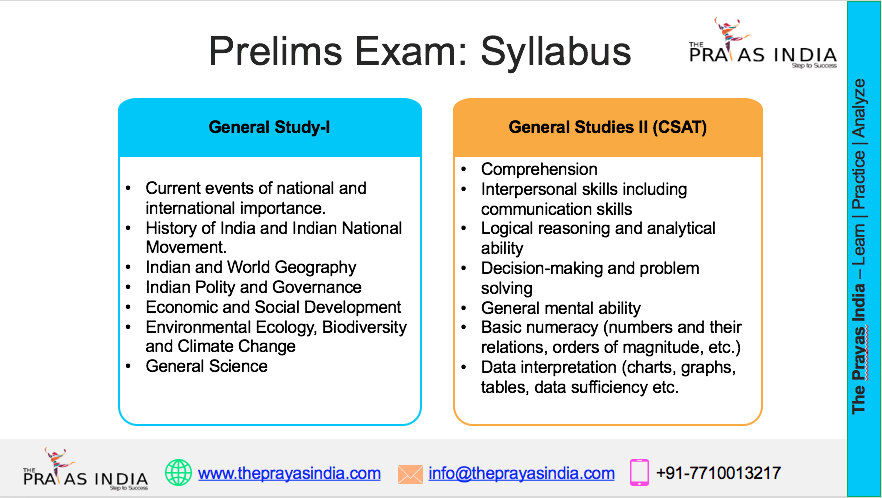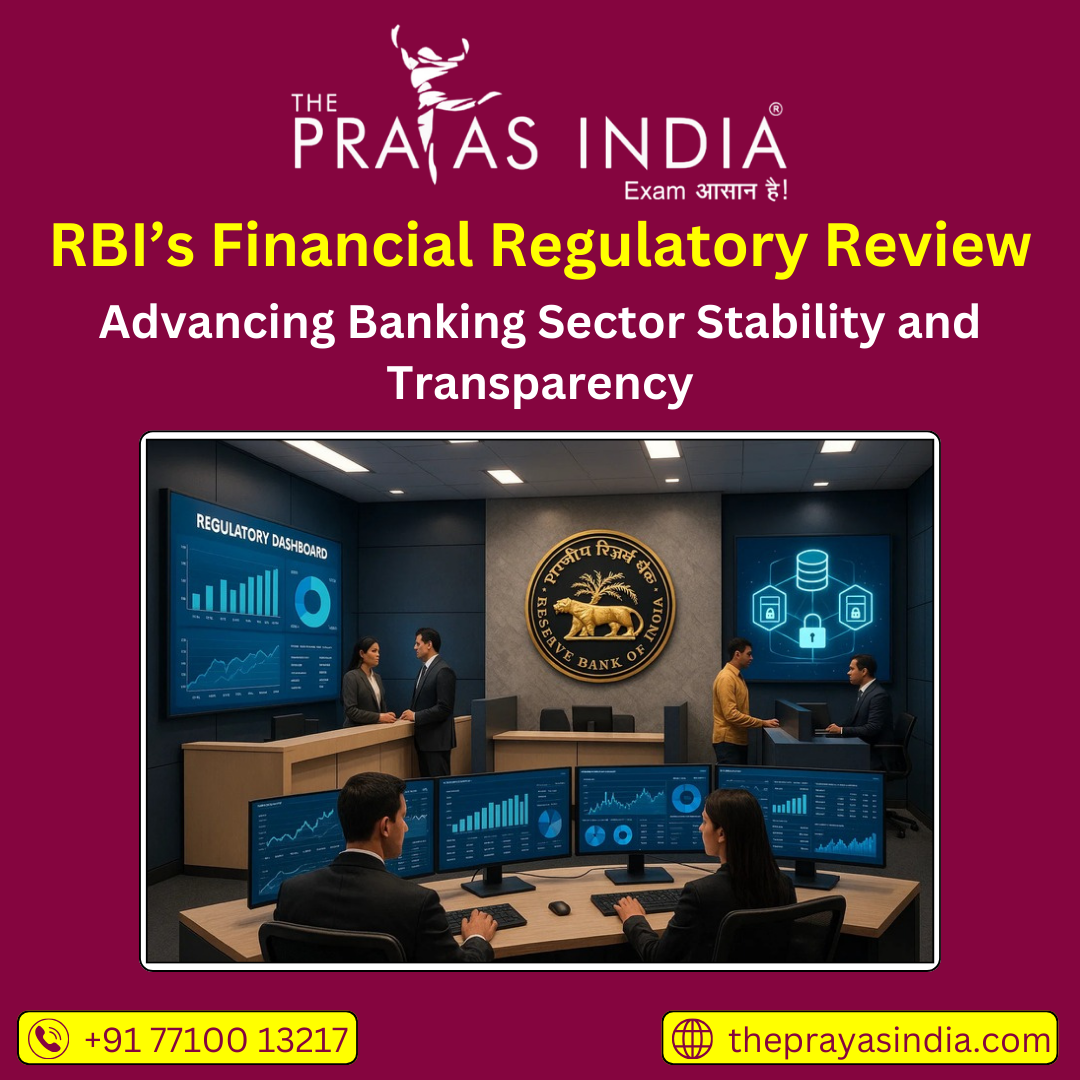OECD-FAO Agricultural Outlook 2025–2034: A Decade of Transformation in Global Agriculture
The OECD–FAO Agricultural Outlook 2025–2034 is the 21st edition of a flagship report jointly prepared by the Organisation for Economic Co-operation and Development (OECD) and the Food and Agriculture Organization (FAO) of the United Nations. This report provides medium-term projections for global agricultural and fish commodity markets and presents an analysis of major policy trends, structural shifts, and challenges facing global food systems.
As the world grapples with increasing climate variability, growing populations, and evolving consumption patterns, this Outlook offers critical insights into how food and agriculture may develop over the next decade. It serves as an essential reference for governments, international agencies, policymakers, and students preparing for competitive exams like UPSC, SSC, and MBA entrances.
Global Agricultural Production: Slower but Smarter Growth
Between 2025 and 2034, global agricultural and fish production is projected to grow by 14%, primarily due to productivity improvements rather than area expansion. The rate of growth is slower than previous decades, reflecting maturation of certain markets and constraints on land and water resources.
Key highlights include:
- Crop production: Expected to grow by 13%, driven mainly by yield improvements and technological innovations such as precision farming and climate-smart agriculture.
- Livestock and fish production: Projected to grow by 17%, with aquaculture leading growth in the fisheries sector.
- Land use: Minimal increase (about 0.14% per year) in land under cultivation, indicating more efficient use of existing agricultural land.
Consumption Trends: Rising Demand in Developing Economies
Global food consumption is set to increase by 13% in the next decade. However, this growth is uneven, with lower- and middle-income countries driving the majority of demand.
- Staple foods will continue to dominate diets, but consumption of animal-based products (meat, dairy, fish) is expected to rise significantly, particularly in Asia and Sub-Saharan Africa.
- Per capita consumption of animal-based calories is expected to rise to 364 kcal/day in lower-middle-income countries, crossing the 300 kcal threshold for a healthy diet.
- Food diversification is accelerating in emerging markets due to urbanisation, income growth, and exposure to global dietary patterns.
Biofuels and Non-Food Use of Crops
By 2034, a significant share of cereals (about 27%) will be used for biofuels and industrial applications, compared to 33% for animal feed and only 40% for direct human consumption.
- India, Brazil, and Indonesia are expected to drive global biofuel production.
- Demand for maize and sugarcane for ethanol production will expand, raising questions about the food-versus-fuel tradeoff.
- The bioenergy sector is emerging as a major influencer of global grain markets.
Regional Contributions: India and the Global South
Emerging economies will continue to dominate agricultural growth. India, in particular, will play a pivotal role:
- India and Southeast Asia together are expected to account for 39% of the total increase in global food demand.
- In contrast, China’s share of global consumption growth will drop from 32% (2013–2022) to just 13% in the upcoming decade due to its demographic transition and market saturation.
- Sub-Saharan Africa, with its large but underproductive livestock population, holds vast untapped potential. The cattle herd in this region is expected to grow by 15%, although productivity remains low.
Agricultural Trade: Global Integration with Persistent Inequalities
International trade will continue to be crucial to food security:
- 22% of the world’s calorie intake will be traded across borders by 2034.
- Countries with limited agricultural capacity will increasingly rely on food imports.
- However, trade disruptions due to geopolitical tensions, climate events, or pandemics could pose major risks.
- Smallholder farmers in developing nations still face challenges such as market access, infrastructure deficits, and price volatility.
Price Outlook: Modest Decline with Climate Risks
Real prices for most agricultural commodities are projected to decline slightly over the decade due to improved productivity. However, climate shocks and geopolitical uncertainties could lead to short-term volatility.
- Cereal prices will remain relatively stable, while price increases are expected in commodities sensitive to climate, such as coffee and cocoa.
- Consumers may benefit from lower prices, but producers could face tighter margins without efficiency improvements.
Climate Change and Environmental Impact
Despite sustainability efforts, agriculture will remain a major emitter of greenhouse gases (GHGs):
- Agricultural GHG emissions are expected to rise by 6% by 2034.
- Most of the increase will come from livestock and land-use change, particularly in developing regions.
- Without interventions, the sector will fall short of climate targets set under the Paris Agreement.
However, the Outlook identifies mitigation pathways:
- Increasing productivity by 15% through sustainable intensification can meet future food demand and reduce GHG emissions.
- Adoption of climate-smart technologies, better nutrient management, and carbon sequestration techniques are critical.
Policy Recommendations and Future Outlook
The report outlines a set of strategic priorities:
- Enhance productivity sustainably through R&D, digital agriculture, and mechanisation.
- Support smallholder inclusion via market integration, financial services, and infrastructure.
- Strengthen food systems resilience against climate change and economic shocks.
- Improve nutrition outcomes by aligning agricultural policy with health and education.
- Promote global cooperation to ensure fair and open trade.
Relevance for Indian Students and Exam Aspirants
The OECD-FAO Outlook is highly relevant for competitive exams:
- UPSC GS Paper III: Agriculture, food security, environment, technology.
- UPSC GS Paper II: International cooperation, institutions, trade policies.
- Essay: Topics like Sustainable Development, Climate Change and Agriculture, Global Inequality.
- MBA GD-PI: Global food trends, economic diversification, energy security.
This report also serves as an excellent case study for policy analysis, answer writing, and interview discussions.
Conclusion
The OECD-FAO Agricultural Outlook 2025–2034 presents a nuanced picture of global agriculture—one of promise, progress, and persistent challenges. With the right policy direction and technological innovation, it is possible to feed a growing world population while preserving the environment and ensuring inclusive growth. For students and policymakers alike, this Outlook offers not just data but direction.




![Prayas-तेजस [UPSC CSE Sociology Optional] – Online & Offline](https://theprayasindia.com/wp-content/uploads/2025/09/Prayas-तेजस-UPSC-CSE-Optional-Subject-The-Prayas-India-300x300.png)
![Prayas-सूत्र [UPSC CSE Materials (Hardcopy)]](https://theprayasindia.com/wp-content/uploads/2025/09/Prayas-सूत्र-UPSC-CSE-Study-Materials-Hardcopy-The-Prayas-India-300x300.png)
![Prayas-मंत्रा [UPSC CSE CSAT]](https://theprayasindia.com/wp-content/uploads/2025/09/Prayas-मंत्रा-UPSC-CSE-CSAT-The-Prayas-India-300x300.png)
![Prayas सारथी [UPSC CSE One on One Mentorship]](https://theprayasindia.com/wp-content/uploads/2025/09/Prayas-सारथी-UPSC-CSE-One-on-One-Mentorship-The-Prayas-India-300x300.png)










